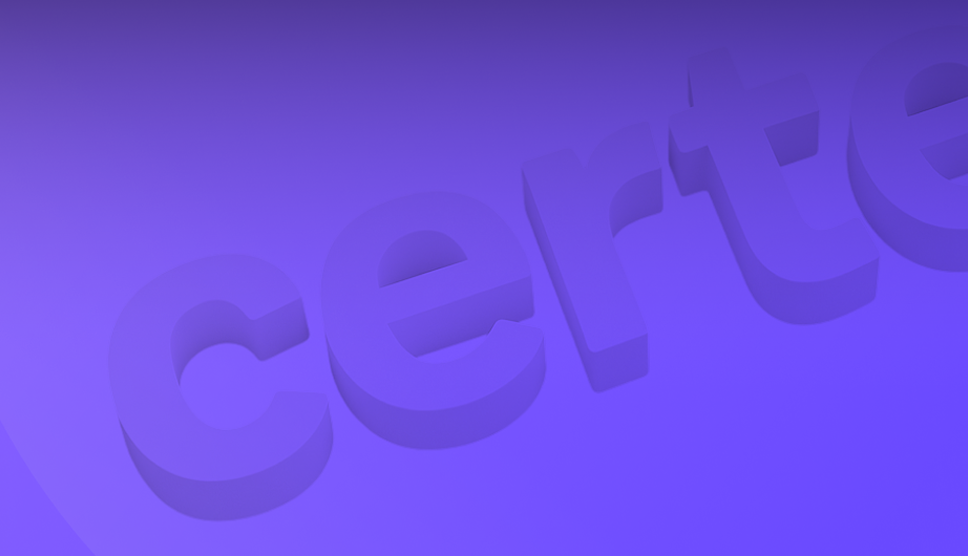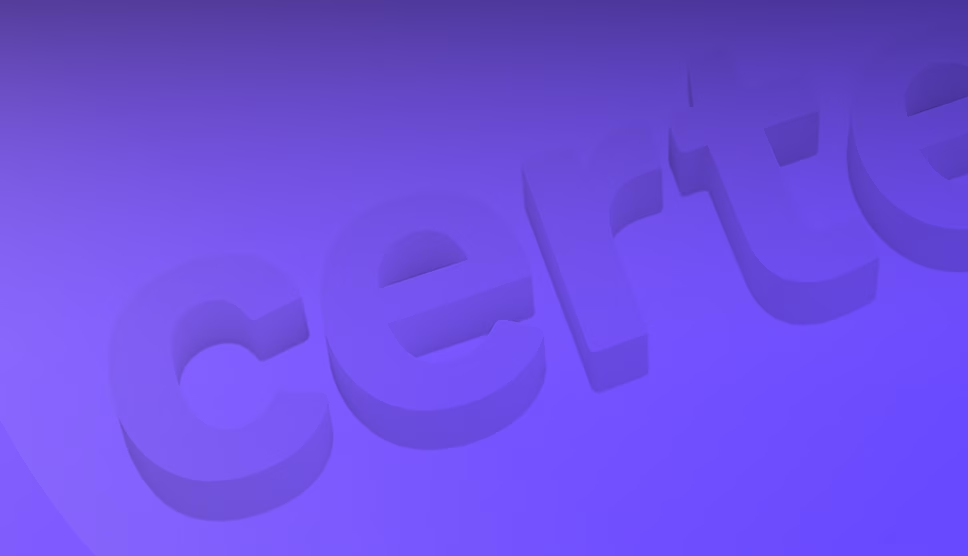The 2025 IT Asset Management (ITAM) landscape is undergoing a fundamental transformation, driven by data-centric strategies, automation, and evolving regulatory requirements. As CIOs face unprecedented challenges managing increasingly complex IT environments, insights are critical to navigating this complexity and maximising value.
Data-Driven Transformation is the New Standard
ITAM is no longer just about lifeless inventory and compliance checklists. The global ITAM software market is booming, expected to climb steadily to over $3.5 billion by 2032.
This growth is fueled by companies leveraging live data on asset usage, software consumption, and lifecycle status. ITAM teams can identify hidden inefficiencies and cost-savings, such as identifying overprovisioned software licenses and underutilized hardware that costs organisations millions annually.
Modern ITAM platforms incorporate advanced dashboards and live data, allowing teams to make proactive decisions rather than reactive fixes. This shift helps organisations optimise budgets, reduce software audit risk, and plan IT investments with much greater confidence.
Cloud, Hybrid, and Remote: Managing Complexity at Scale
he rise of hybrid IT environments blending on-premises infrastructure with public and private clouds, alongside permanently distributed workforces, presents new demands on ITAM.
Effective asset management now requires tools that can track devices and software licenses seamlessly across physical servers, virtual machines, cloud services, and endpoints worldwide.
Cloud-native ITAM solutions, accessible via SaaS, are forecast to grow at over 15% annually, outpacing traditional on-premises deployments. Indeed, for organisations that can’t use cloud-native platforms for security and governance reasons, the toolset market is extremely limited, with only enterprise-level vendors such as Certero being able to accommodate both the on-premises and SaaS hosted platform options.
These solutions provide CIOs with agility and scalability, closer vendor support and can be critical in supporting rapid provisioning and deprovisioning associated with cloud transformations and remote work models.
Organisations also face new challenges, such as tracking SaaS subscriptions, usage-based cloud costs, and the myriad IT assets hidden within shadow IT environments. Benchmarking data shows that CIOs who prioritise hybrid and cloud-ready ITAM platforms report better governance, cost control, and user satisfaction.
Automation and Insights Drive Efficiency
ITAM tools empower CIOs to minimise hardware failures, optimise refresh cycles, and align IT spending with business priorities.
By catching emerging risks early, such as license overuse or impending contract expirations, organisations can avoid costly penalties and downtime.
Security, Compliance, and Mitigating Risk
Regulatory compliance and cybersecurity increasingly depend on robust ITAM frameworks. Data privacy laws, software licensing regulations, and contractual obligations demand transparent, well-documented asset records and audit trails.
Leading organisations integrate ITAM platforms with Security Information and Event Management (SIEM) and Enterprise Resource Planning (ERP) systems to deliver unified governance. Automated license tracking and usage metering are critical in avoiding non-compliance fines, which can easily reach millions of dollars.
With cyber threats growing more sophisticated, maintaining an accurate, up-to-date inventory of software and hardware assets is the frontline defence against vulnerabilities and unauthorized software use.
Embracing Sustainability and Lifecycle Optimisation
Sustainability agendas are increasingly influencing ITAM strategies. Companies strive to reduce electronic waste, promote device reuse, and comply with environmental regulations regarding responsible end-of-life asset disposal.
Effective lifecycle management helps CIOs quantify and reduce their environmental footprint, aligning with broader corporate ESG (Environmental, Social, Governance) commitments. ITAM tools that track asset retirement, recycling, and refurbishment efforts are becoming not just “nice to have” but essential components of comprehensive IT strategy.
Key Takeaways for CIOs
- Invest in data analytics capabilities. Deploy ITAM solutions with dashboarding and deep insights to control costs and optimise asset utilization.
- Prioritise hybrid and cloud compatibility. Select platforms that track assets seamlessly across cloud, on-premises, and endpoint environments.
- Implement automation. Reduce manual workflows and improve compliance with intelligent, automated discovery and reconciliation.
- Ensure compliance integration. Work with vendors providing robust license management and regulatory reporting features.
- Embed sustainability in ITAM. Track asset lifecycles to support corporate social responsibility and minimise environmental impact.
Taking the Next Step
It’s imperative for CIOs to adopt data-driven, flexible, and automated ITAM strategies to stay ahead in a rapidly evolving IT landscape. If you’re ready to benchmark your ITAM maturity or want expert guidance navigating these trends, we’re here to help.
Contact us today to discuss how our solutions and services can empower your IT asset management programme for 2025 and beyond.













